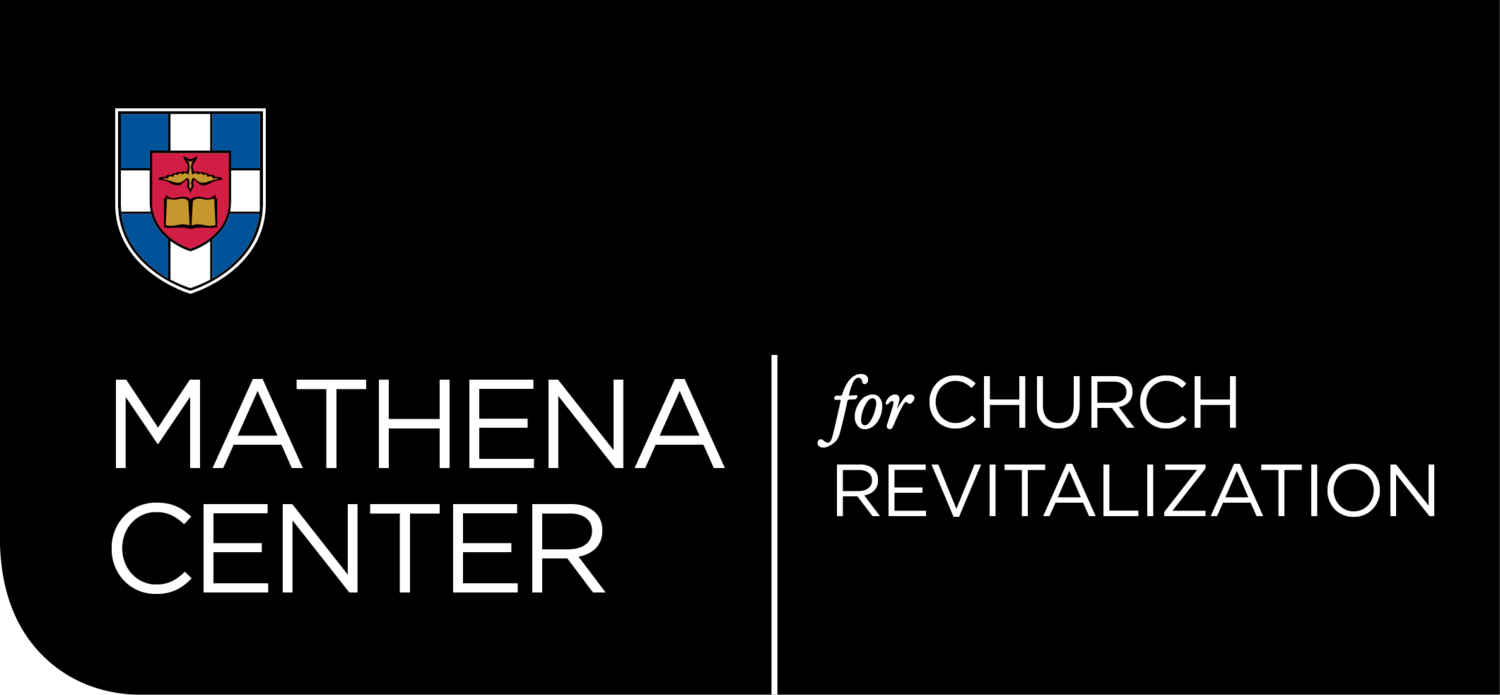By P.J. Tibayan
Church revitalization reverses the devil-designed church culture and structure. This is driven by those captivated by a culture and structure of faithful personal and collective Christian discipleship. A church is revitalized when the grace of God used the people of God to speak Word of God in the power of the Spirit of God to the point of effectively restoring or establishing a healthy church culture, structure, and direction for collective discipleship.[1]
Whereas a dying church is a church where the collective and personal discipleship (the church culture), often including the church structure, is functionally driven by people captivated by the devil to neutralize the church (2 Tim 2:26), what marks a healthy church culture and structure that no longer needs revitalization? I synthesize the Bible's teaching of a healthy church into two headings, a church that is both Christ-centered and Christ-shaped.
A dying church is a church where the collective and personal discipleship (the church culture), often including the church structure, is functionally driven by people captivated by the devil to neutralize the church (2 Tim 2:26).
A Christ-shaped Church
The shape of the church is what you see, the structure and skin, like looking at another person and seeing their frame and skin. Christ Jesus sets the shape of the church as it is regulated by and connected to him according to Scripture. The shape of the local church is her membership, discipline, and leadership. Healthy churches know who is mutually responsible for each others' discipleship. So they have a clean membership roll of people actively following Jesus. This implies that the church faithfully practices discipline by excommunicating unrepentant professors of faith in Jesus (Matthew 18:15-19, 1 Corinthians 5). Another biblical structure is the leadership, a plurality of pastor-elder-overseers submitting to Jesus and shepherding under his headship.
A Christ-centered Church
The heart of the church pumping the blood is not what you can see externally, but what gives and sustains life to the body. Christ pumps life into his church. He pumps his Word into the church by the Spirit's power effectively strengthening life in the church. Christ-centeredness in the church's interior means a healthy culture and pattern of collective discipleship expressed in: expository preaching, corporate prayer, biblical truth and gospel clarity, true conversion and spiritual growth seen in initial and continual repentance from sin and faith in Jesus Christ, regular speaking and applying of Christ to one another and others (Eph 4:15, Col 1:28-29), and discipling one another and others (Matt 28:19, 2 Tim 2:2), both locally and globally (evangelism and missions, Acts 1:8).
When a church is Christ-centered in the congregational patterns and Christ-shaped in their membership, discipline, and leadership, then the church currently has a healthy culture, structure, and direction for their discipling commission.[2] When (1) the culture of the church is most functionally influenced (discipled) by godly pastors in the church and (2) the structure enhances and perpetuates that faithful influence (discipleship) then the church has been "revitalized." The church will continue to need reform and ongoing discipleship and gospelizing, but it is neither "dying" nor "unhealthy," even if its growth is being outpaced by the community's population growth.
[1] I am using "discpleship" and discipling in the Matthew 28:19-20 sense of the term "μαθητεύω" to include "discipling" both the unconverted toward conversion and the converted toward obeying all Christ commands.
[2] One may recognize my intentional placing of Mark Dever's 9 marks of a healthy church under the two headings of Christ-centered and Christ-shaped.
——
P.J. Tibayan is a member and pastor-theologian of Bethany Baptist Church in Bellflower, CA, where he lives with his wife, Frances, and their five children. He blogs at gospelize.me and helps lead Shepherd LA and The Gospel Coalition Los Angeles Regional Chapter. He earned an MDiv from The Master's Seminary and is working on his DMin in Biblical Theology at the Southern Baptist Theological Seminary.
Editors Note: This article is two of three in this Church Revitalization Series. In it, P.J. Tibayan, Pastor-Theologian of Bethany Baptist Church in Bellflower, California answers the questions what is a Church? What is Church Revitalization? And when is Revitalization “complete”? You can find part 1 here.

